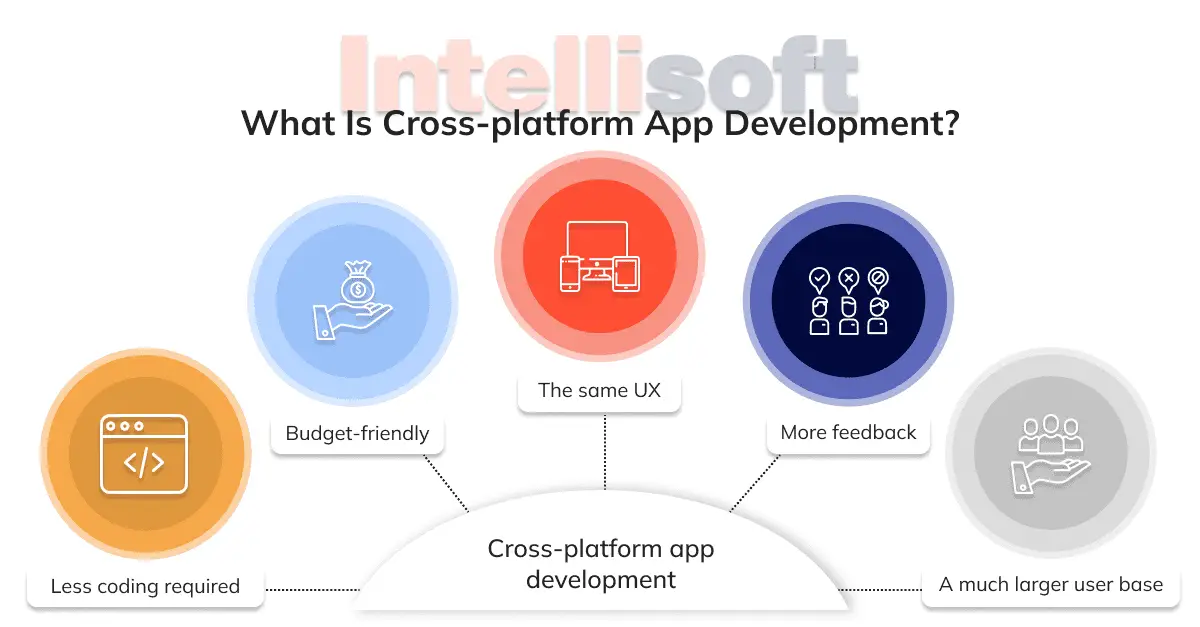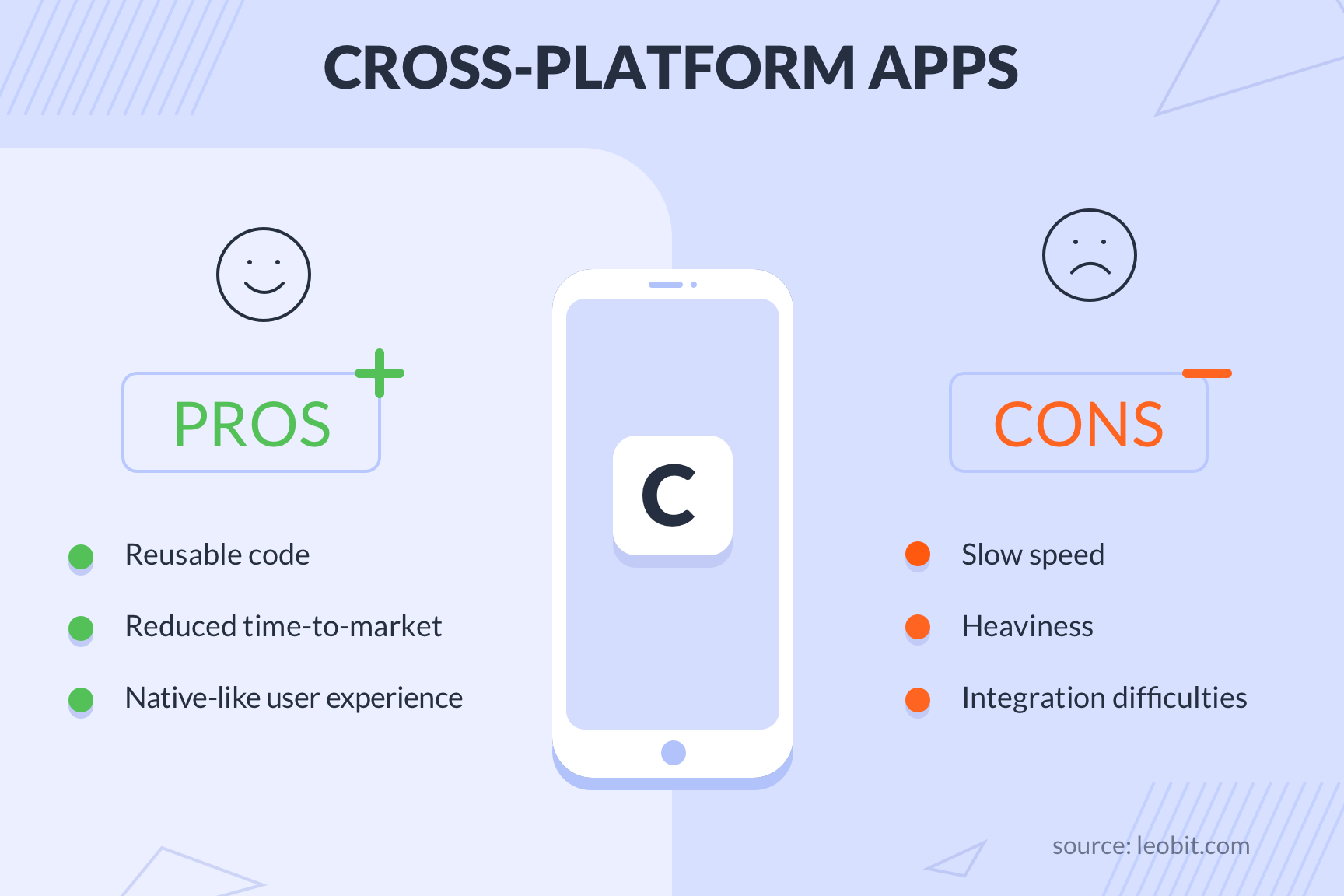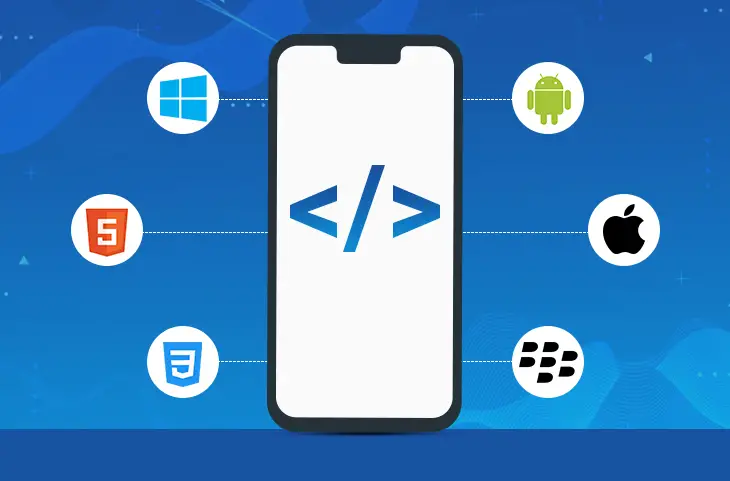Cross-platform Development: Tips for Writing Portable Code

Executive Summary:

Cross-platform development enables software applications to function seamlessly across multiple operating systems and devices. By adhering to best practices for writing portable code, developers can ensure their applications deliver a consistent user experience regardless of the underlying platform.

Introduction:
In the era of ubiquitous computing, cross-platform development has become indispensable. Developers must master the art of creating code that can adapt to diverse operating systems, hardware configurations, and user interfaces. This article presents a comprehensive guide to writing portable code, empowering developers to create applications that transcend platform boundaries.
Platform Abstraction
Platform abstraction involves concealing platform-specific details from the application code. This allows developers to focus on core functionality and behavior, minimizing the need for platform-dependent code.
- Uniform APIs: Utilize platform-agnostic libraries and frameworks that provide a consistent interface across multiple platforms.
- Bridge Patterns: Implement platform-specific functionality through abstract classes or interfaces, allowing for easy customization and extension.
- Virtualization: Employ virtualization technologies to isolate applications from specific platform dependencies and configurations.
Language Agnosticism
While choosing a programming language, consider its cross-platform compatibility and portability. Some languages, like Java and Python, are designed for seamless execution across multiple platforms.
- Portable Languages: Select languages with wide platform support and avoid platform-specific constructs.
- Cross-compilation Tools: Utilize cross-compilation tools to generate executables for different platforms from a single source code base.
- Code Translators: Employ code translators or interpreters to convert code for different platforms, ensuring compatibility and portability.
Data Format Compatibility
Data exchange between platforms can be challenging due to differences in data formats and encodings. Adhering to well-defined data formats and encoding standards ensures data portability and interoperability.
- Standard Formats: Use industry-standard data formats (e.g., JSON, XML) for data storage and exchange.
- Cross-platform Encodings: Ensure data is encoded using cross-platform character sets (e.g., UTF-8) for seamless transfer between systems.
- Data Validation: Implement robust data validation mechanisms to handle platform-specific data types and inconsistencies.
UI and UX Consistency
Cross-platform applications should maintain a consistent user interface (UI) and user experience (UX) across different devices and platforms. Achieve this by employing platform-agnostic design principles and embracing adaptive UI frameworks.
- Responsive Design: Implement responsive web design techniques to ensure UI elements adapt to various screen sizes and aspect ratios.
- UI Frameworks: Utilize cross-platform UI frameworks (e.g., React Native, Flutter) that enable the creation of consistent UIs across platforms.
- Platform-specific Customization: Allow for platform-specific UI customizations while maintaining core UX principles.
Cross-platform Testing
Thorough testing is crucial for verifying the portability and functionality of cross-platform applications. Employ a combination of manual testing and automated testing tools to ensure compatibility across multiple platforms.
- Emulators and Simulators: Use emulators and simulators to test applications on different platforms without accessing actual devices.
- Automated Testing Frameworks: Employ cross-platform automated testing frameworks (e.g., Appium, Selenium) to efficiently execute tests across multiple devices and configurations.
- Real-world Testing: Conduct testing on actual devices to validate performance and compatibility in real-world scenarios.
Conclusion:**
Writing portable code is essential for cross-platform development. By embracing platform abstraction, language agnosticism, data format compatibility, UI and UX consistency, and cross-platform testing, developers can create applications that seamlessly adapt to different operating systems, devices, and user environments. Adhering to these best practices empowers developers to expand the reach of their applications and deliver a consistent user experience across diverse platforms.
Keyword Tags:
- Cross-platform Development
- Portable Code
- Platform Abstraction
- Language Agnosticism
- Cross-platform Testing
FAQs:**
- What are the benefits of writing portable code?
- Increased software compatibility across multiple platforms
- Reduced development and maintenance costs
- Enhanced user experience due to consistent performance and functionality on different devices
- How do I choose the right programming language for cross-platform development?
- Prioritize languages with wide platform support and cross-compilation capabilities
- Consider factors such as portability, performance, and ease of development
- What steps should I take to ensure data format compatibility?
- Use well-defined industry-standard data formats
- Encode data using cross-platform character sets
- Implement data validation mechanisms
- How can I achieve consistent UI and UX across different platforms?
- Employ responsive design techniques
- Utilize cross-platform UI frameworks
- Allow for platform-specific UI customizations while maintaining core UX principles
- What is the importance of cross-platform testing?
- Ensures portability and functionality across multiple platforms
- Detects and resolves platform-specific issues
- Provides confidence in the reliability and robustness of the software application

This is a great article! I’m a cross-platform developer, and I’ve been looking for some tips on writing portable code. This article has been very helpful.
I’m not sure if I agree with all of the tips in this article. I think that using different languages or libraries can sometimes be helpful, but it really depends on the specific project.
I’m a beginner cross-platform developer, and I found this article to be very informative. I’m especially interested in the tip about using a cross-platform development toolchain.
This article is full of useless information. I’ve been writing portable code for years, and I’ve never had any problems.
I’m not sure what the point of this article is. I already know how to write portable code.
This article is a joke. The tips are so obvious that they’re not even worth mentioning.
I’m a professional cross-platform developer, and I can tell you that this article is full of bad advice. I wouldn’t recommend it to anyone.
I’m a software engineer with over 10 years of experience, and I’ve never seen an article so full of bad advice. I can’t believe that anyone would take this article seriously.